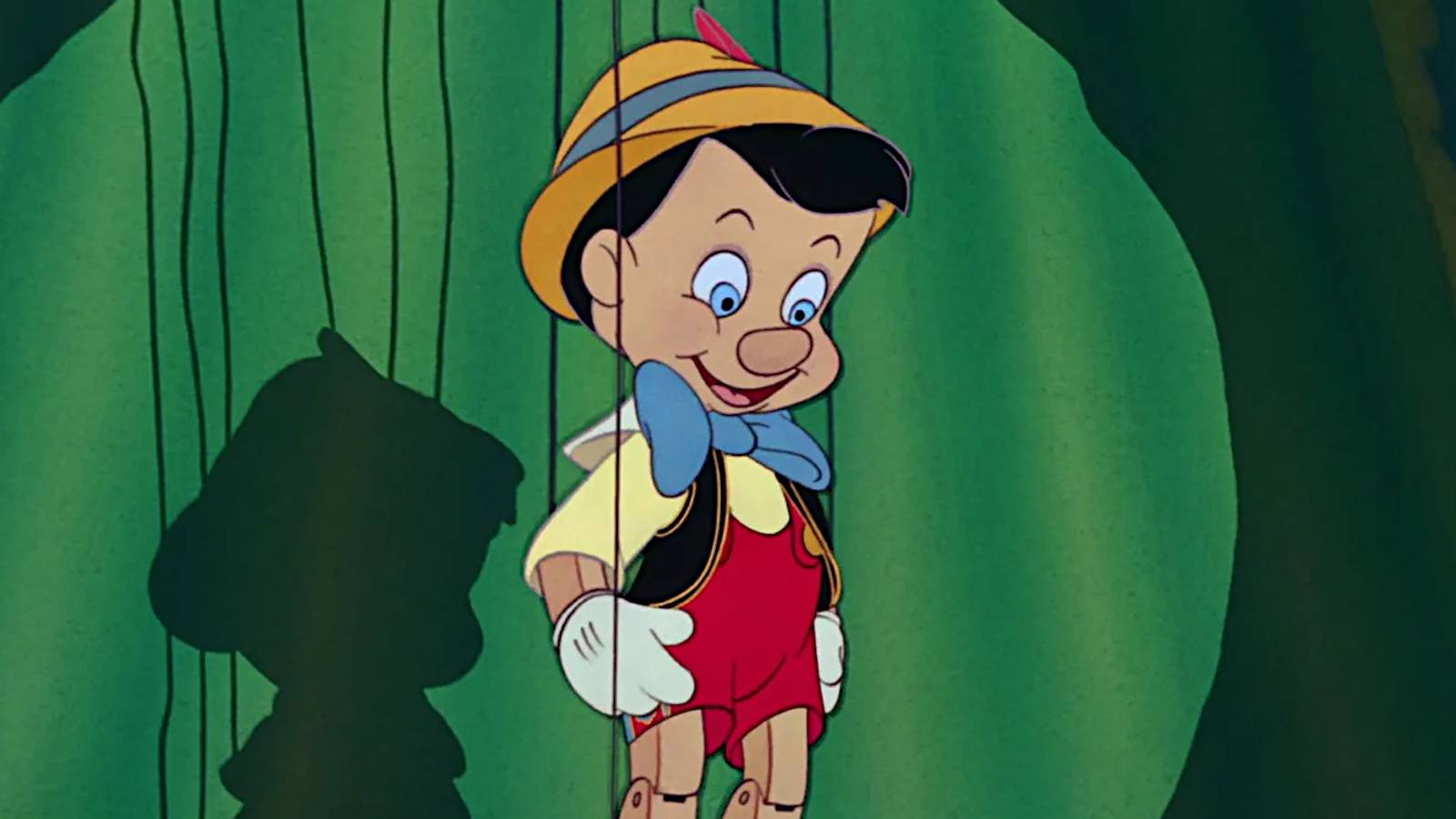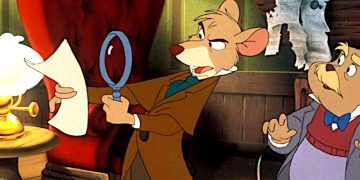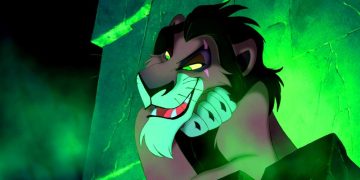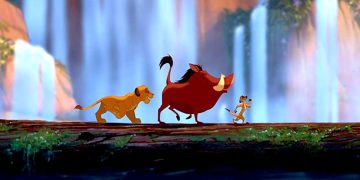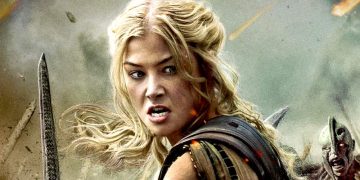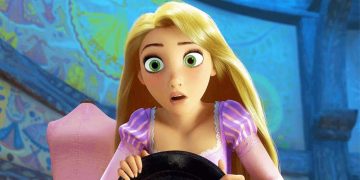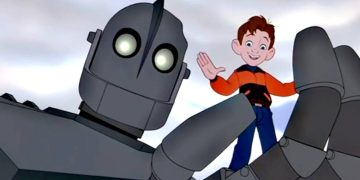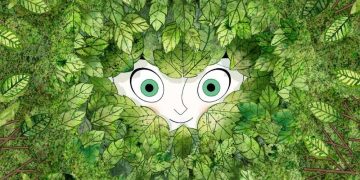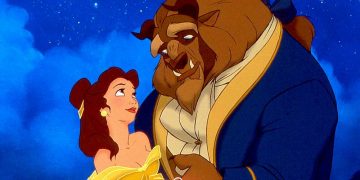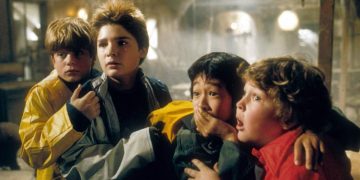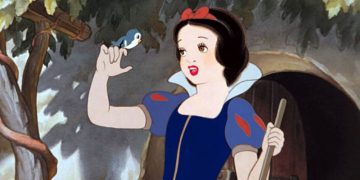Talking animals, beautiful princesses, and magical spells... What more could a child wish for? Disney cartoons and animated movies are so popular because they're family-friendly fare, even if they have their bleak sides—like evil stepmothers, pirates, and curses.
But that's all, right? Well, not quite.
If you dig a little deeper behind most Disney classics, you'll be surprised to find that many Disney tales actually have sinister origins. Whether they came from the Brothers Grimm or Charles Perrault, many innocent Disney stories were far darker before Disney got their hands on them.
Indeed, many Disney fairy tales were adapted from traditional fairy tales written way back in the 17th to 19th centuries, and they had all kinds of grisly details that Disney (understandably) changed.
Here are some of the darker origins behind the popular Disney cartoons and animated movies you know. Readers, beware!
15. The Corpse of Aladdin's Father
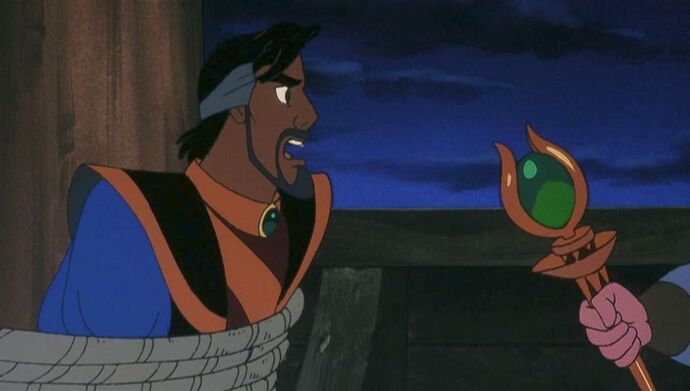
Did you know that Aladdin wasn't even set in Iraq to begin with? In fact, Aladdin was originally set in China.
Disney's orphan-on-the-streets sob story originally featured an Aladdin who was a lazy homebody character who mooched off his mom. Plus, the genie character was North African... for some reason.
The origins of the tale are still in dispute today, but it's thought to come from an Arabian storyteller whose story was translated by a Frenchman named Antoine Galland in the early 18th century.
In the original story, Aladdin isn't in love with a girl but "Badroulbadour" (which means "full moon of moons"). Apparently, in the original tale, Aladdin's father Cassim isn't just killed—he's ripped in half and sewn back together again. Bit much, don't you think?
14. The Statues in Hercules
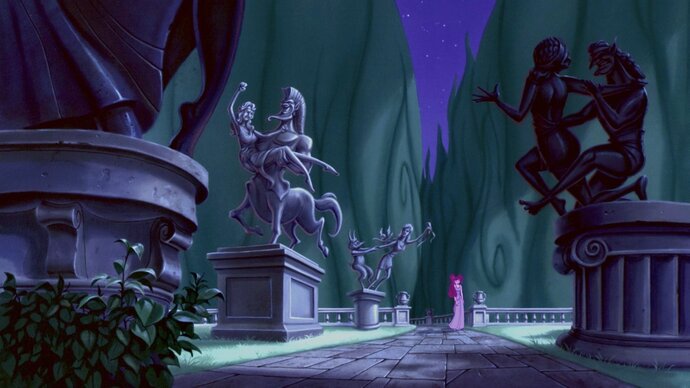
Unless you're an art historian, you probably won't look very closely at the background statues in Hercules. In the scene where Megara—enslaved by Hades in Greek mythology—sings "I Won't Say (I'm In Love)," there are some questionable sculptures in the courtyard.
Megara has fallen for Hercules, but she doesn't have a good track record with relationships. She doesn't want to get hurt again, so she reminds herself that "no man is worth the aggravation." But there's more than just a broken heart in store for her here.
The mise-en-scène can tell you a lot about a story, as filmmakers hide clues and messages in the subtext. At first glance, the statues look to be lovers embracing on horseback, but a closer look reveals that they're women being kidnapped and sexually assaulted.
And they aren't just any women. They paint the perfect picture of Megara herself being captured in the past, so the song is really about not wanting to be enslaved by a man again. We don't blame her.
13. The Polynesian Gods That Inspired Moana
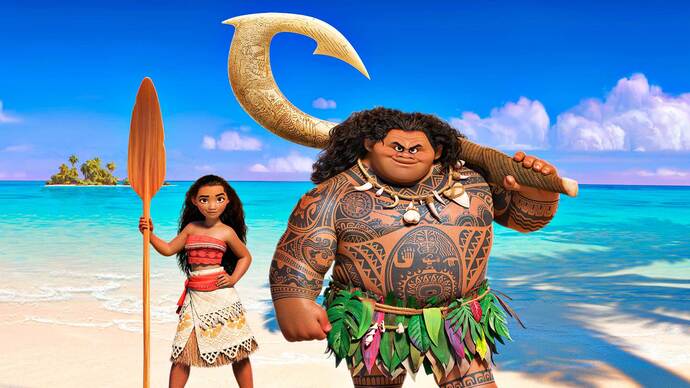
Moana is the prettiest Disney movie around, what with its lavish beaches and diamond seas that feel like a postcard vacation in Hawaii.
Set approximately 2,000 years ago on a Polynesian island, it's no surprise that Moana is inspired by Polynesian folklore. However, the legend of Moana—and Dwayne Johnson's irritable demigod Maui—is much darker than it was in the Disney movie.
The real Maui (who Moana must find to restore the heart of Te Fiti) isn't so easily persuaded as he is in Disney's version. Instead of a human girl, Moana was originally a mischievous water goddess who's dragged out of the sea and suffocated to death by Maui.
Maui also turns himself into a worm and crawls inside another goddess (Hine-nui-te-pō, or "Great Woman of Night") in Polynesian mythology, who crushes him to death when he tries to steal her heart, too.
12. Nobody Survives in The Hunchback of Notre Dame
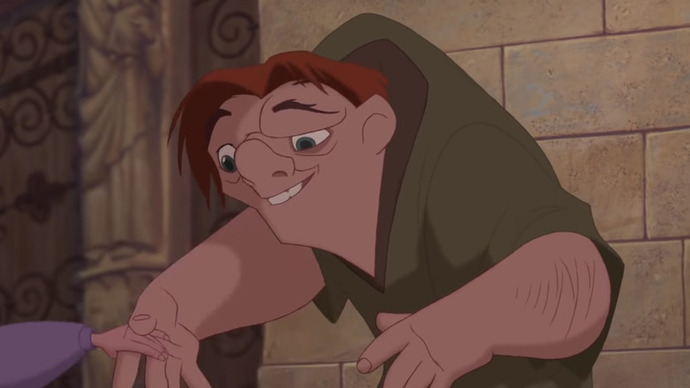
The Hunchback of Notre Dame is already a fairly dark movie. In fact, probably the darkest of the Disney animated movies. Yet, even so, the 1833 novel by Victor Hugo that it's based on is even more sinister.
In Disney's The Hunchback of Notre Dame, Quasimodo doesn't get the girl but she does remain his loyal friend and admirer. In the book, Quasimodo's love for Esmeralda isn't sweet—it's borderline stalking. In today's world, she'd need a restraining order.
She would also need one against Frollo, the Archdeacon antagonist of the story. In the movie, Frollo burns down (inhabited) houses to find her and sentence her to death, from which Quasimodo saves her.
But in the book? Esmeralda is hung in the town square and Quasimodo kills Frollo for laughing at her swinging corpse. Quasimodo also dies from starvation at Esmeralda's grave, his bones crumbling to dust in the hands of the guards.
11. Pocahontas Was Colonized as a Child
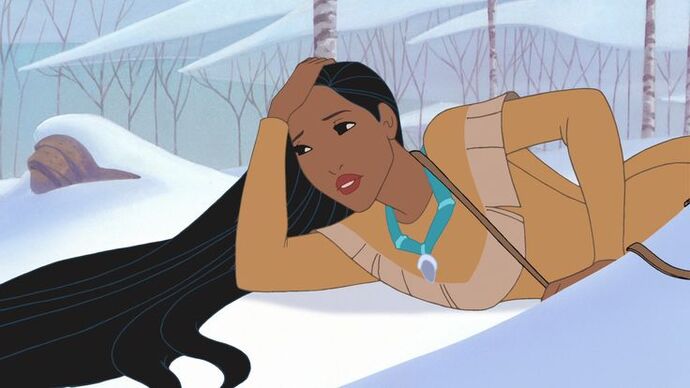
John Smith is the only white guy who's willing to befriend members of the Powhatan tribe when traveling to the New World in search of gold. This is mostly due to his love for Pocahontas, a free-spirited Native woman in Tsenacommacah.
Pocahontas and John Smith aren't based on myths but real, historical figures. However, in real-life there was no sweeping romance involved, which is good news considering Pocahontas (a nickname for Matoaka) was only 10 years old when she met John.
And John Smith wasn't a golden-haired, gold-hearted, gold-intentioned explorer. He was a cruel, harsh settler who was often hostile to Natives. His claims that Matoaka saved him—an iconic scene in the Disney movie—were likely wild exaggerations to boost his ego and reputation.
Matoaka's real Native husband mysteriously disappeared and she was forced to marry the English tobacco planter John Rolfe, who used her as an exotic display to promote colonization. She died on her way home in 1617 at just 20 years old.
10. Rapunzel Is Pregnant
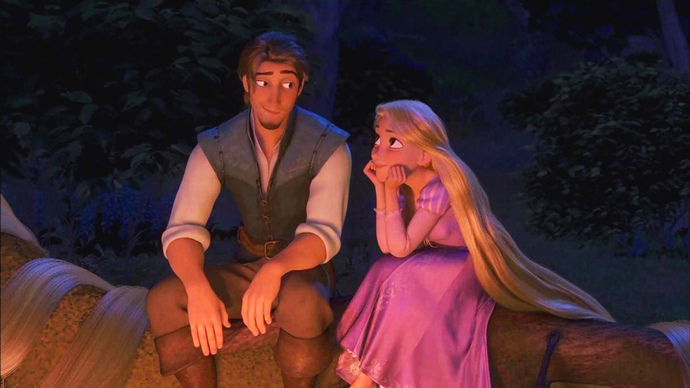
In Disney's hilarious animation Tangled, Rapunzel is a young woman who's locked in a tower by her "mother" (who's really a witch) and lives a nice but solitary life, painting in her castle.
When the handsome criminal Flynn Rider takes refuge in the very same tower, the two become friends and Flynn shows her the real world beyond her tower, all before they get engaged.
But in the original tale by the Brothers Grimm, Rapunzel is only a child who knows nothing about the world. The unnamed prince climbs up her hair, falls in love, and their nightly intercourse is technically rape.
Rapunzel inevitably gets pregnant and is then banished to the desert by her witch mother (who herself stole Rapunzel as a baby) to give birth on her own. If that wasn't traumatizing enough for her, the prince is then blinded by thorns when falling from the tower.
9. The Fate of Cinderella's Stepsisters
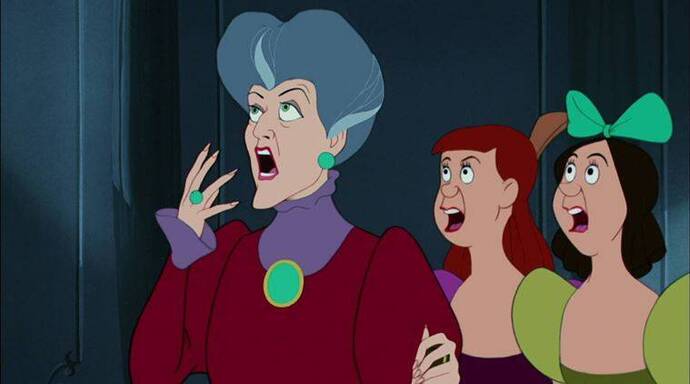
Cinderella was first penned by Charles Perrault, though the seedlings of the story can be traced back to Ancient Greece, 6th century BCE.
A hundred years after Perrault first wrote the story down, the Brothers Grimm reworked it with the title Aschenputtel (German for "ash fool"). Cinderella is the English translation, which Disney molded into a whimsical children's cartoon in 1950.
In the Brothers Grimm version of Cinderella, there are no cute talking mice or ball gowns. Instead, some pretty white doves befriend Cinderella. Sounds innocent, right? Doves are symbols of holy peace, after all.
But, no. After Cinderella's wicked stepsisters cut off pieces of their feet to fit into the glass slipper, those same doves swoop down and pluck out their eyeballs.
8. Ariel's Missing Tongue
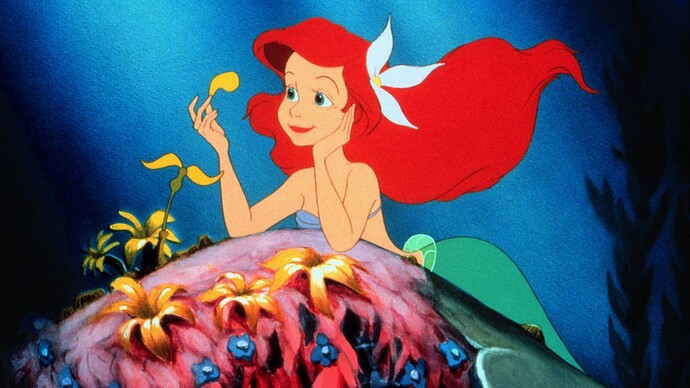
In the 1989 Disney movie The Little Mermaid, Ariel makes a deal with a sea witch to exchange her voice for a pair of human legs. In the animated film, Ursula puts Ariel's voice in a shell for safe keeping.
But what originally happened to her voice?
Danish author Hans Christian Andersen originally conceived the tale in 1837, in which Ariel is a mere 14-year-old girl searching for the man of her dreams under the sea.
The bargain between her and Ursula is a little more costly in his version: Ariel literally has her tongue cut out, and every human step she takes is as painful as standing on knives. Plus, she never gets the prince because he ends up marrying someone else.
So, Ariel strikes another deal with Ursula to kill the prince, but she can't carry it out. She commits suicide instead, dissolving into a pile of foam.
7. Shakespearean Tragedy in The Lion King
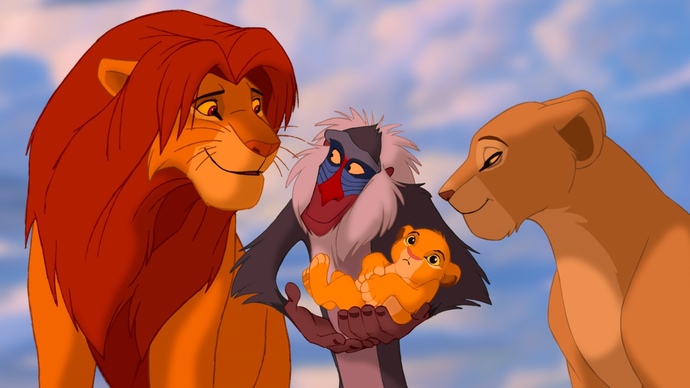
With so many Shakespearean movies out there, sometimes you don't even know you're watching one. That might've been the case with The Lion King, which is a loose adaptation of Hamlet.
There's the treacherous uncle (Scar), the fatherly ghost (Mufasa), and a prince in exile (Simba). But as heartbreaking as Mufasa's death was, Disney's 1994 movie can't be categorized as a tragedy—they wouldn't do that to six-year-old viewers.
Indeed, if Disney had followed Hamlet more closely, Simba would have been poisoned dead by the end of the film.
That's the true story of Sundiata Keita, founder of the Malian Empire in 1235. It's a historical story that's largely ignored in the West, but African storytellers have passed it down for generations—until it sneakily found its way into the Disney studio alongside Hamlet.
6. Tod's Death in The Fox and the Hound
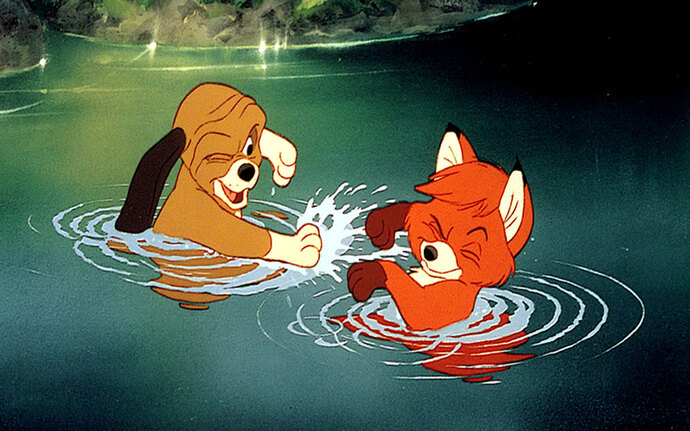
The Fox and the Hound isn't a Grimm fairy tale, but rather a novel written by Daniel P. Mannix in 1967.
Mannix had myriad careers throughout his lifetime—as fire-eater, photographer, stage magician, zoologist, the list goes on. When he decided to put pen to paper back in the 1960s, he produced the beloved children's story that Disney brought to life in 1981.
However, Disney omitted certain parts of the book—like the real ending—so as not to traumatize their young viewers.
We begin in the mind of Copper, a dog who kills his owner's rival pet, Chief. From there, Copper and his cruel master hunt down Tod, a fox who was rescued by humans. Tod escapes to the wild, so Copper and his master wipe out all of Tod's little fox puppies with methane.
The Fox and the Hound begins with an anti-hunting message, but later shows how the modern world confuses and endangers animals just as much as hunting does. In the end, Tod drops dead from exhaustion while being chased by Cooper, who only does so out of loyalty to his owner.
5. The Violent Side of Pinocchio
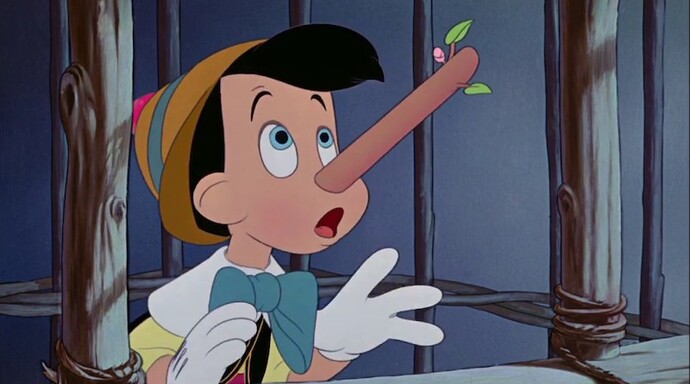
Out of all the Disney classics, Pinocchio is truly the most messed up. Children screaming for their moms as they turn into donkeys? Pinocchio kidnapped by creepy talking foxes and sold on the market? Dark stuff.
But in the end, Pinocchio becomes a real boy, guided by a dazzling blue fairy and cute little talking cricket.
While Disney tinged their 1940 animation with a touch of the sinister, it's nothing close to the horrors of the original. Adapted from a newspaper serial called The Adventures of Pinocchio by Italian writer Carlo Collodi, Pinocchio gets served his karma by the end of the story.
After murdering Jiminy Cricket, Pinocchio has his feet burned off. Then, Mister Geppetto builds him new feet despite the fact that Pinocchio gets him put in prison.
With this story, Collodi tried to teach kid readers to behave by having Pinocchio hanged for his disobedience (but the editor made him write a happier ending where the blue fairy saves him).
4. Mulan Commits Suicide
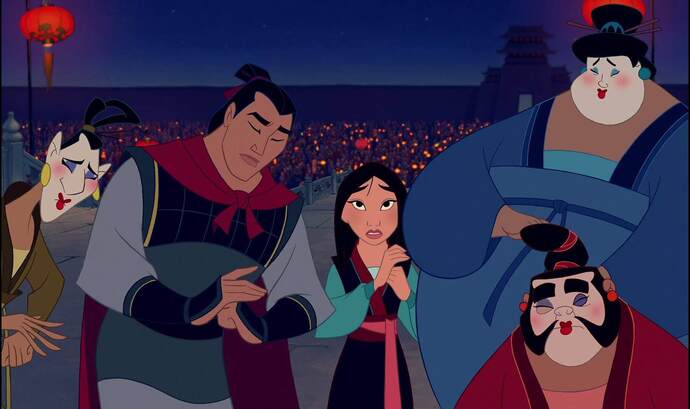
Mulan first appeared in a 12th century anthology known as the Ballad of Mulan. It wasn't even a story; it was a short poem derived from 4th century Chinese folklore.
There aren't any talking dragons in this one. It's just a simplified story of a woman who replaces her father in battle, shocking her comrades 12 years later when she reveals her identity. It only got darker over time.
As the story was retold and fleshed out over centuries, it was eventually published as Sui Tang Yanyi in 1675. Chu Renhuo gave Mulan a fate she definitely didn't deserve: coming back to find her father long dead.
Her mother remarries a khan, who orders Mulan to become his concubine (i.e. sex slave), which she escapes by committing suicide.
3. Sleeping Beauty's Sexual Assault
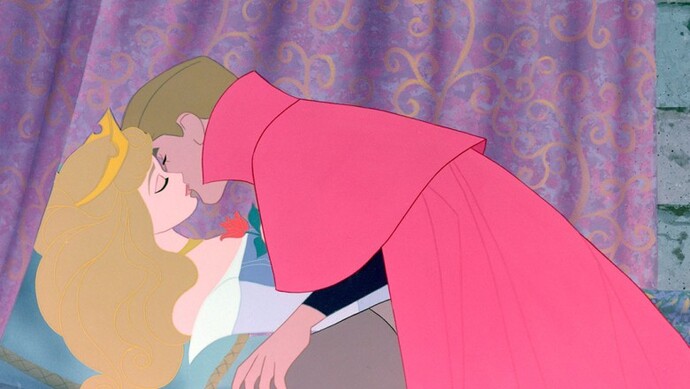
In the 1959 Disney musical Sleeping Beauty, the evil Maleficent tricks Aurora into touching a cursed spinning wheel, which puts her and the rest of the kingdom into a coma. Luckily, her prince charming is saved by fairies and awakens his love with a kiss.
But what did he really do in Sun, Moon, and Talia, the Italian fairy tale published in 1634? Well, as if kissing an unconscious stranger wasn't weird enough, the real story has the prince rape her as well.
Giambattista Basile compiled his stories in a collection known as Pentamerone. Included in it are the first known versions of Cinderella and Rapunzel, as well as what Disney came to title Sleeping Beauty.
There's a bunch of different variations out there, but the story essentially follows a baby girl named Talia, who's born to a powerful ruler who bans all flax after hearing a prophecy that she will die from its touch.
As a woman, Talia's curiosity is piqued when she sees a woman spin flax for the first time. Upon touching it, she gets a splinter and "dies." Her father embalms Talia in the wood, and when the king stumbles upon her corpse while hunting, he "makes love" to her lifeless body.
Years later, she falls pregnant—she isn't dead at all, merely comatose—so when the king returns for round two, he finds a second family.
The queen back home is furious and orders Talia's children to be cooked into a meal for the king to eat. But when she tries to burn Talia alive, the king swoops in and kills the queen, living "happily ever after" with Talia.
2. Peter Pan Is a Serial Killer
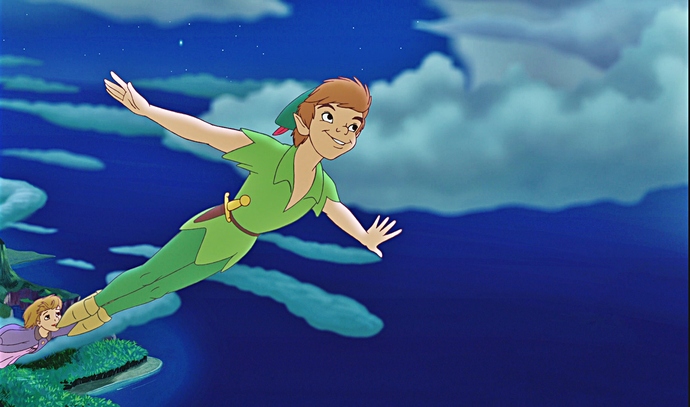
People have long debated whether Peter Pan is a good guy or bad guy. Sure, he seems nice, but if you think about it, he's just a kidnapper who chaperones kids to the afterlife.
J. M. Barrie's play-turned-novel featured the "Boy Who Wouldn't Grow Up," who was an extension of his real-life brother David (who died in an ice-skating accident as a child).
Historians have found that the author had an unusual relationship with young boys. Though (supposedly) never sexual, he exhibited a deep fascination with them. Barrie never had his own kids, but he used to befriend boys at the park—probably a warped way to deal with his brother's death.
We can see this in Peter Pan, who—like David—can never grow up. That context gives Peter Pan a disturbing undertone.
The only difference between Barrie's novel and the 1953 Disney version is that Peter is a straight-up murderer. Not just a murderer of pirates, but also the Lost Boys (to "thin out" the herd).
Growing up is against the rules in Neverland and the kids must pay with their life. Peter starves them to death and uses the people around him as props in a game—a sadistic game where Peter's the only hero so he can use them over and over again.
1. Snow White Dancing on Burning Coals
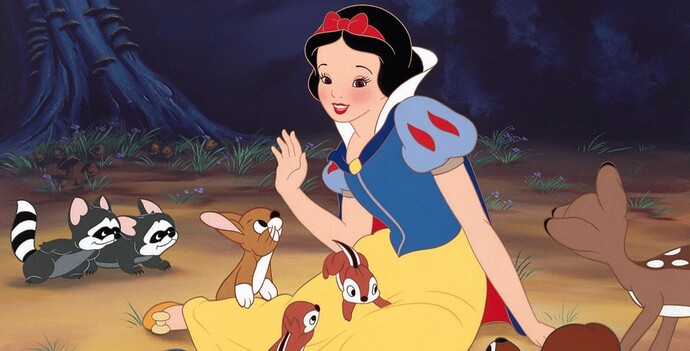
In the early 19th century, the Brothers Grimm published a collection of folklore that proved a goldmine for Disney. Included in that collection was Snow White and the Seven Dwarfs, supposedly from the Middle Ages.
And given how dark and brutal that era was, you can imagine how sinister the original story was—far from the innocent story that Disney turned it into for their first feature animation in 1937.
Snow White's evil stepmother was actually her real mother, who wanted to kill her and eat her organs. Originally titled "Little Snow-White," the queen attempts to kill Snow White on three separate occasions, but she's saved by the dwarfs who jolt the poisoned apple from her throat.
Snow White then marries the Prince. But at their wedding, her mother shows up again and demands that she literally dance-till-she-drops in iron shoes on a dance floor made of burning coals.
